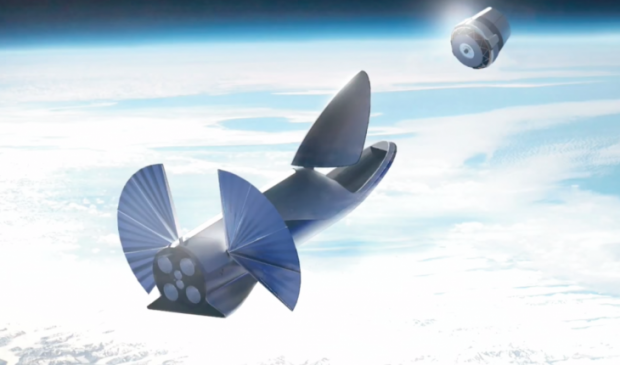
Breaking News
 Tucker Carlson on Why He Interviewed Nick Fuentes and What He Wanted to Convey To Him
Tucker Carlson on Why He Interviewed Nick Fuentes and What He Wanted to Convey To Him
 The Global War on Christianity Just Got a Whole Lot Worse, and Ted Cruz Doesn't Care
The Global War on Christianity Just Got a Whole Lot Worse, and Ted Cruz Doesn't Care
 BREAKING EXCLUSIVE: The Globalists Are Trying To Trigger Stock Market Crash Worse Than 1929...
BREAKING EXCLUSIVE: The Globalists Are Trying To Trigger Stock Market Crash Worse Than 1929...
 ICE's 'Frightening' Facial Recognition App is Scanning US Citizens Without Their Consent
ICE's 'Frightening' Facial Recognition App is Scanning US Citizens Without Their Consent
Top Tech News
 HUGE 32kWh LiFePO4 DIY Battery w/ 628Ah Cells! 90 Minute Build
HUGE 32kWh LiFePO4 DIY Battery w/ 628Ah Cells! 90 Minute Build
 What Has Bitcoin Become 17 Years After Satoshi Nakamoto Published The Whitepaper?
What Has Bitcoin Become 17 Years After Satoshi Nakamoto Published The Whitepaper?
 Japan just injected artificial blood into a human. No blood type needed. No refrigeration.
Japan just injected artificial blood into a human. No blood type needed. No refrigeration.
 The 6 Best LLM Tools To Run Models Locally
The 6 Best LLM Tools To Run Models Locally
 Testing My First Sodium-Ion Solar Battery
Testing My First Sodium-Ion Solar Battery
 A man once paralyzed from the waist down now stands on his own, not with machines or wires,...
A man once paralyzed from the waist down now stands on his own, not with machines or wires,...
 Review: Thumb-sized thermal camera turns your phone into a smart tool
Review: Thumb-sized thermal camera turns your phone into a smart tool
 Army To Bring Nuclear Microreactors To Its Bases By 2028
Army To Bring Nuclear Microreactors To Its Bases By 2028
 Nissan Says It's On Track For Solid-State Batteries That Double EV Range By 2028
Nissan Says It's On Track For Solid-State Batteries That Double EV Range By 2028
Forget a space race - Let SpaceX transport you and focus building out the frontier

Companies should forget about trying to close the massive decade plus lead that SpaceX now has with large reusable rockets.
The SpaceX Falcon Heavy is like a DC-10 aircraft and SpaceX will make it 80-90% reusable with 64 tons of payload. The SpaceX BFR will be 100% reusable and will be like a 747 with 150 tons of payload.
The Blue Origin New Glenn rocket plans to have a first stage that can be reused 100 times. It will be able to take 45 tons to low earth orbit. It is expected to make its initial test launch in 2020. It will likely take several years after that for all of the testing to be completed and for reusability to be mastered.
The New Glenn will not be beating the SpaceX Falcon Heavy and will be far less capable than the SpaceX BFR.
There is a race for the global internet satellite network. SpaceX is trying to build out a low earth orbit satellite network of thousands of satellites to provide high-speed internet.
The SpaceX system will have 4,425 satellites using Ka- and Ku-Band spectrum to provide a wide range of broadband and communications services for residential, commercial, institutional, governmental and professional users worldwide. SpaceX has proposed a separate V-Band, where it has proposed an additional constellation of 7,500 satellites operating even closer to Earth.
SpaceX says its end-user terminals will be a small flat panel the size of a laptop. This will use phased array technologies to allow for highly directive, steered antenna beams that track the system's low-Earth orbit satellites.

 Carbon based computers that run on iron
Carbon based computers that run on iron

